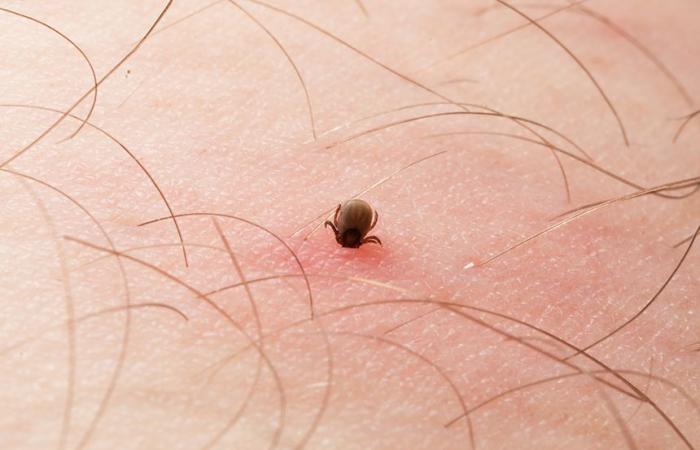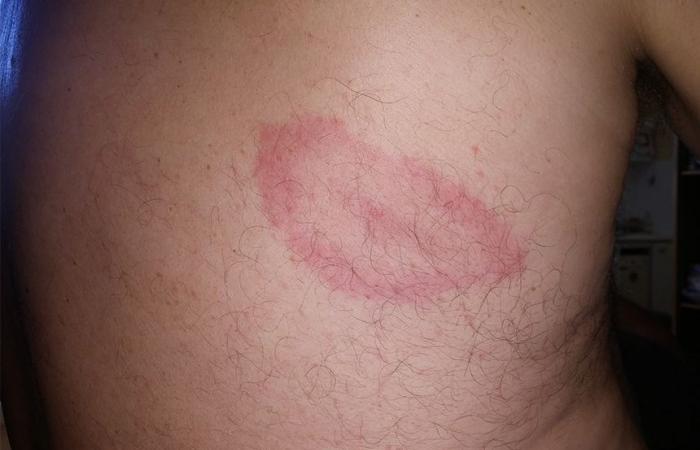The arrival of summer also means an increase in the activity of ticks, these mites that often carry the Lyme disease bacteria.
In recent years, these small arachnids have gained ground and are now found in regions north of the St. Lawrence River.
According to Catherine Bouchard, veterinarian and epidemiologist at the Public Health Agency of Canada, the tick population expands approximately 40 km each year.
“So, this progression […] follows the trend of rising temperatures in our climate changes, […] which makes the tick survive better [et que] its life cycle is accelerated,” she explained Tuesday on Mario Dumont’s show in LCN.
© Screenshot / TVA Nouvelles / Agence QMI
The mild winter that Quebec experienced this year is nothing to help the situation, according to the expert. Indeed, as ticks become active again as soon as the snow cover disappears, we can say that they emerged from their dormancy earlier in 2024.
“We too, somewhere, our behavior changes. Our seasonality of activities is also increasing. We are outside more quickly in the woods, so we interact and unfortunately expose ourselves,” Ms. Bouchard also underlined.
There are various tools to help Quebecers better protect themselves, including the eTick platform from Bishop University which allows you to identify the type of tick using a simple photo.
Lyme disease: what is it?
Aside from COVID-19, this is the disease with the greatest growth curve in Quebec since its arrival in the territory in 2007.
© Adobe Stock
This disease is transmitted by the bite of a blacklegged tick and can cause a range of symptoms that can be similar to several other diseases, which sometimes complicates diagnosis.
These symptoms can have a serious impact on the daily lives of those who suffer from them.
Symptoms of Lyme disease
The symptoms of Lyme disease are numerous and can vary greatly from one individual to another, but some are more common than others, according to Health Canada.
Among the first symptoms, the ministry notes in particular the presence of a skin rash, often in the shape of a target, which can be accompanied by fever, chills, headache, fatigue, swollen lymph nodes and muscle pain and joints.

© Adobe Stock
In the long term, Lyme disease can also cause, in the following days or even months, several skin rashes, dizziness, severe headaches, migratory pain, memory loss, or even difficulty thinking clearly. .
In more advanced cases, Health Canada lists neuralgic pain, a feeling of weakness, numbness or tingling in the hands or feet, drooping on one or both sides of the face due to paralysis, palpitations heart problems and abnormal heartbeats, inflammation of the brain and spinal cord, and eye problems.
In very rare cases, the disease can cause a heart infection that can lead to death.
Good to know about lyme disease
- Not all ticks carry the bacteria: it is estimated that between 15 to 50% of blacklegged ticks carry the disease, depending on the territory.
- The sting does not always take on the appearance of a target.
- The risk of contracting Lyme disease is highest in the summer, but it is present throughout the year.
- The tick is now present in all regions of Quebec.
- After a tick bite, even if you have received preventive treatment, it is still possible to develop the disease.
For even more information on ticks and lyme disease, we recommend our article Ticks and lyme disease: 27 things to know.
Read also








